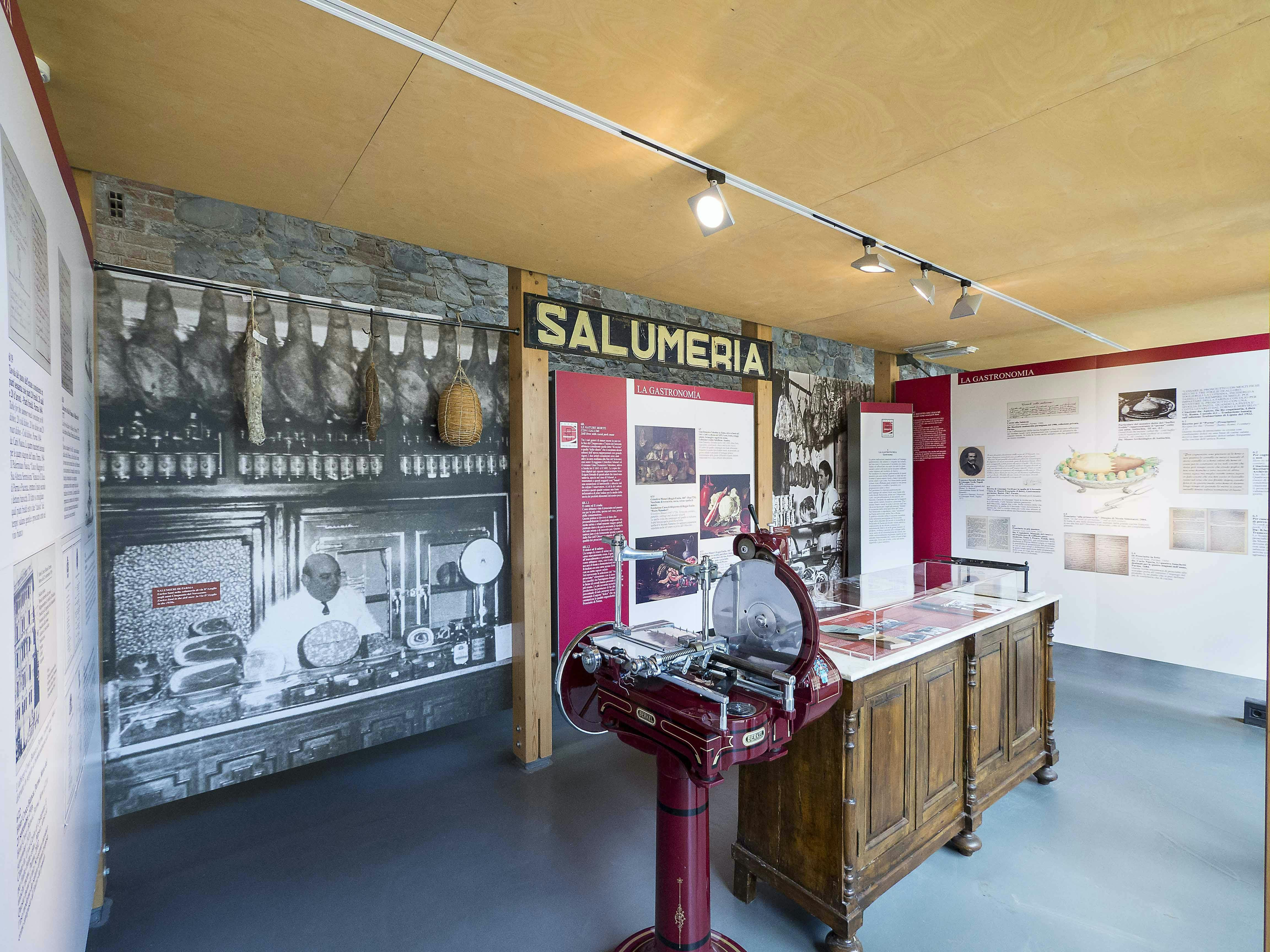Immersive Learning Experience
The Parma Ham Museum in Langhirano, Italy, offers visitors a captivating journey through the world of Parma ham, one of Italy’s most iconic culinary treasures. Among its many attractions, the museum’s interactive exhibits stand out, providing a dynamic and engaging way to learn about the intricate process of creating Parma ham. These exhibits allow visitors to immerse themselves in each stage of the curing process, from the careful selection of pigs to the meticulous aging of the hams.
The Journey Begins: Selection of Pigs
One of the first interactive exhibits introduces visitors to the selection of pigs, the foundation of high-quality Parma ham. This exhibit highlights the specific breed of pigs used and the stringent criteria they must meet to ensure the best quality meat. Through touchscreens and interactive displays, visitors can learn about the pigs’ diet, living conditions, and the importance of their genetics in producing the perfect ham.
The Art of Salting
The next interactive station delves into the crucial salting stage. Here, visitors can watch videos and participate in simulations that demonstrate how sea salt is carefully applied to the hams. This process, which begins the preservation and flavor development, is explained in detail, emphasizing the expertise required to balance salt application and timing.
Drying and Resting
Following salting, the hams undergo a drying and resting period. The interactive exhibits guide visitors through this phase, showcasing the controlled environments where the hams are hung to dry. Interactive panels explain the importance of temperature and humidity control, allowing visitors to adjust these variables in a virtual setting to see how they impact the curing process.
The Aging Process
One of the most fascinating interactive exhibits focuses on the aging process, where the hams develop their unique flavor and texture. Visitors can explore replica aging rooms and use augmented reality to see how the hams change over time. They can also listen to audio guides featuring master ham curers explaining the nuances of this delicate stage and the sensory skills needed to determine when a ham is perfectly aged.
Quality Control and Testing
Ensuring the high standards of Parma ham involves rigorous quality control and testing. Interactive displays allow visitors to simulate the testing process, learning about the various checks performed on each ham. This includes examining the color, texture, and aroma, as well as the famous “cavatura” test, where a horse bone needle is inserted into the ham to assess its scent.
Tasting and Sensory Experience
No visit to the Parma Ham Museum would be complete without a sensory experience. The interactive exhibits culminate in a tasting station where visitors can sample different varieties of Parma ham. Guided by tasting notes and expert tips, they can learn to identify the subtle differences in flavor and texture, gaining a deeper appreciation for the craftsmanship involved in producing each slice.
Educational Workshops and Activities
The museum also offers educational workshops and activities designed to complement the interactive exhibits. These hands-on sessions provide visitors with the opportunity to try their hand at some of the techniques they have learned about, such as salting and slicing, under the guidance of experienced curers. This experiential learning helps to solidify the knowledge gained from the exhibits and provides a memorable, tactile connection to the process.
Conclusion
The interactive exhibits at the Parma Ham Museum offer a comprehensive and engaging exploration of the Parma ham production process. By allowing visitors to actively participate in each stage, from pig selection to aging, the museum provides a deeper understanding of what makes Parma ham unique. This hands-on approach not only educates but also instills a greater appreciation for the skill and tradition that go into creating this renowned Italian delicacy. Whether you’re a food enthusiast or simply curious about the art of ham curing, the interactive exhibits at the Parma Ham Museum promise an informative and enjoyable experience.

